Citrus Canker declares Victory in Florida?
Well, it looks like we've officially lost the battle against Citrus Canker here in Florida. It's been pretty much inevitable for a long while, but a combination of ignorance, indifference, and selfishness has made it happen that much sooner. And now it's pretty much an inevitability that it'll hit everywhere else capable of producing citrus in the U.S. If we can't keep it from coming over national borders, where we actually have Customs inspectors, there's no way it's going to stop at state borders or "quarantine zones".
The struggle is an old one. The pathogen, Xanthomonas axonopodis pv. citri, was first found in the U.S. after being discovered on imported Japanese seedlings (it's an Asian disease). It quickly spread throughout the southeast, but aggressive eradication procedures led to a declaration in 1933 that Florida was canker free. That stuck until 1986, when it was found again, south of Tampa. A zillion destroyed trees later, it was declared eradicated in 1994, only to resurface in 1995, in a residencial area near the Miami airport. A recurrence in the area near Tampa popped up in 1997, and both areas are now in an ever expanding state of quarantine. (Read more on Citrus Canker here, on APSNet).
The quarantine involves a severe regimen of destroying all citrus within a certain distance of the infected tree, and the latest outbreaks have resulted in the loss of 1.5 million commercial trees and 600,000 home trees. It is this last group that is the likely weak link. Commercial growers know the stakes, and while the loss of a million trees hurts, citrus canker as an endemic pathogen would hurt even more, both in terms of loss of saleable product, and the loss of markets that would follow. Many homeowners, however, fail to appreciate the implications of the outbreak, and there was often resistance to reporting cases and complying with the quarantine. The Miami outbreak, at least, was probably caused by the introduction of infected ornamental citrus in 1992 or 1993.
Now, after years of continually growing quarantine zones, it looks like we might be on the verge of giving up. The USDA is considering hitting the entire state with a canker quarantine, which would be a severe blow to an already struggling citrus industry, preventing them from shipping to a number of states and countries. The alternative is an expanded quarantine zone around infected trees. Realistically, though, this battle is probably over. Although juice citrus, the mainstay of the Florida industry, will be minimally impacted, this will severely damage the fresh fruit industry.
And, sadly, the next big disease fight for the citrus industry is already looming. Citrus Greening (I like the Chinese name, Huanglongbing), a potentially more serious bacterial malady, was recently found in Florida, and has already spread to more than a dozen counties. This one at least requires an exotic insect vector (introduced to Florida already, sadly), so that at least gives us another link to attack. We'll see how this one plays out. I'm not terribly hopeful.



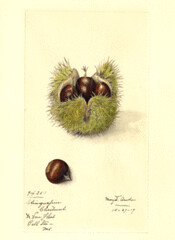
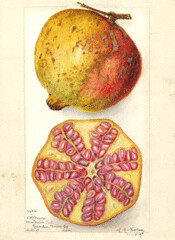

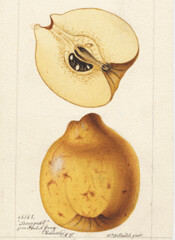




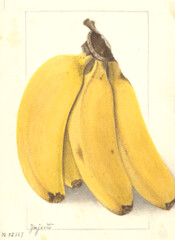

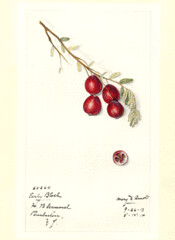
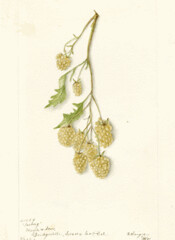
3 Comments:
Very sad. And, for those of us who grow citrus on the opposite side of the continent, worrisome.
Is there any possibility that our colder winters, drier summers, the inhospitable climates between you and us, or (I hope) better state regulatory practices give us hope of avoiding this?
Maybe I'm overly pessimistic, but I really think it's inevitable. The problem isn't so much overland movement by natural forces (I do think the climate makes that unlikely), but the movement of ornamental/homeowner citrus plants and fruit, which is essentially unregulated, means it'll happen sooner or later. Right now, the odds are small because the number of actually infected trees in Florida at any given moment is fairly small, because of the constant eradication. If that stops, Florida will be a hotbed of the stuff, and eventually some one will take a few oranges with them for a road trip to California, or send a few oranges to their cousin on the west coast from the tree in the backyard, or move the potted lemon from the backyard crosscountry with them, etc. It'll happen. Hopefully you folks will handle it better.
I am happy to read the text as i got a lot to know .
suman
free satellite tv
Post a Comment
<< Home